The Flow | Pete Fine | Interview
Pete Fine recorded and privately released a tremendous orchestral psychedelic rock album in 1974. He was also guitarist in The Flow (first issued on Shadoks Music). For fans of extremely heavy guitars!
Formed as a 4-piece in Brooklyn, Drunken Dog lived and rehearsed in a loft in Lower Manhattan before evolving into The Flow, a trio who comprised Pete Fine (guitars, vocals, synthesizer), Monte Farber (bass, vocals) and Steve Starer (drums). By early 1972, the group had sufficient Fine/Barber compositions to justify the recording of an album, which took place in their loft on a Teac 4-track tape machine. An engineer then mixed the tracks at a professional recording studio, but although they had recorded enough material for a full-length album, the band couldn’t afford to pay for the entire set to be mixed. Therefore they decided to press a one-side album roughly in a hundred copies, but many were lost or thrown away when Fine moved to Tucson in 1974. ‘The Flow’s Greatest Hits’ subsequently became a major collectable.
“We were really one of the first “progressive rock” bands of those times”
Where and when did you grow up? Was music a big part of your family life? Did the local music scene influence you or inspire you to play music?
Pete Fine: I was born in 1950 and grew up (do musicians ever really grow up??) in New York City. I remember loving music from my earliest memories. My parents, who were not musicians, had records of popular classical works like the Nutcracker, some Beethoven, and also Broadway musical soundtracks. I remember putting these albums on a record player, at a very early age, and listening to them over and over. Around our neighborhood, there were vocal groups who would be walking down the street singing the 50’s stuff- Doo Wop groups. I loved listening to them outside our apartment window. My sister, who was several years older than me, had lots of records, including Elvis, and I loved these and all the early rock n roll recordings. In my elementary school, we would occasionally have a visit from a group from the Juilliard School of Music – a wind quartet or a string quartet, etc. I was only around 6-8 years old but I loved these presentations, even though many of my school friends would be talking and not paying attention. I never dreamed that someday I would be writing for these instruments! Music has been the most moving and meaningful thing in my life since my earliest memories.
When did you begin playing music? What was your first instrument?
In 1963, at the age of 13, I was tuned in, like millions of other teenagers, to the Ed Sullivan show on that famous evening when the Beatle first appeared on American TV. It was overwhelming. The next day I told my father I wanted to play the drums. We lived in a small apartment in Jackson Heights and he told me that there was no way that a loud instrument like that would work there. So I reluctantly said I would try guitar instead. My first lesson was with a teacher in his early twenties who saw me pick up and hold the rental guitar left-handed (I am a lefty for pretty much everything) and he restrung the instrument for me. This was actually a mistake as, physiologically, the left hand does much more on the guitar (at least initially) than the right and there was no physical advantage to learning it this way. Later on, when I got to the point of wanting my own instruments, finding left-handed guitars was much harder than traditional right-handed ones. But it did get me noticed a bit more and other players never asked me to play my guitar at gigs!
After my initial lessons, I took lessons from a very old guitar teacher named Ken Broadhurst, who had played with the NBC Radio Orchestra before I was even born and was a monster musician as far as theory and reading. He gave me a great theoretical background, which I didn’t really apply until many years later when I started writing songs and learning about other instruments as well.
What bands were you a member of prior to the formation of The Flow? How old were you when your first band formed?
A couple of years later, at about age 15, I had a very close school buddy, named Burt, who listened to the same type of music as me and we started a band called the Group – two guitars, bass and drums. All the guys were serious young musicians and we gained a reputation for being above the rest of the early rock bands in our local area. We played mainly tunes by the Ventures. The Ventures were an instrumental band so you had to really learn the guitar – there was no hiding behind a vocalist. It really developed my lead guitar skills.
Besides the Ventures and of course the Beatles, I consumed as much of the British Invasion guitar music as I could. A huge early influence in those early years was Jeff Beck, who I heard on records by the Yardbirds. Then, of course, when Jimi Hendrix hit the scene, the entire world of guitar playing, technically and sound-wise, changed. I would spend countless hours learning the riffs off all those records. My band eventually added a talented vocalist, doing lots of classic rock (well, it wasn’t classic back then … ) tunes. The band was now called the Magic Shop. It didn’t last more than several months. By then, we all went to different high schools and made other friends.
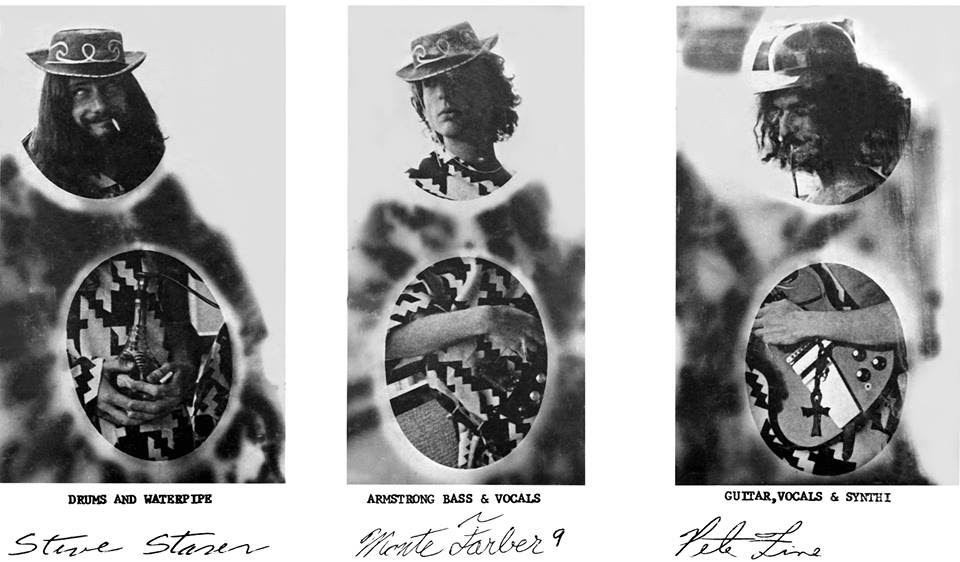
Can you elaborate the formation of The Flow?
Around 1969, at the height of the cultural and musical revolution, I met someone who became one of my closest, and trusted, friends in my lifetime – Monte Farber. We formed a 4-piece band in Brooklyn, NY, called Drunken Dog, and we all lived and rehearsed in a huge loft in lower Manhattan. It was the height of the musical and cultural revolution. We were four hippies who lived and breathed music and were like a family for a while. Many psychedelic drugs took part in our growing experiences. We started composing songs together or coming up with lyrics and parts to each other’s compositions. Our bass player started getting into drugs that were not where the rest of us wanted to go, the white powder variety, and we eventually became a 3-piece, with Monte taking on the bass duties. We named this band the Flow. I don’t really recall why we chose that name except that it seemed to capture the feeling of free flowing thought one experiences on psychedelics. Now that I look back, we were really one of the first “progressive rock” bands of those times, with long, creative, free flowing improvisations in the middle of tunes and odd time signatures occasionally inserted. The Flow was an amazing band, with telepathic-like qualities when we jammed.
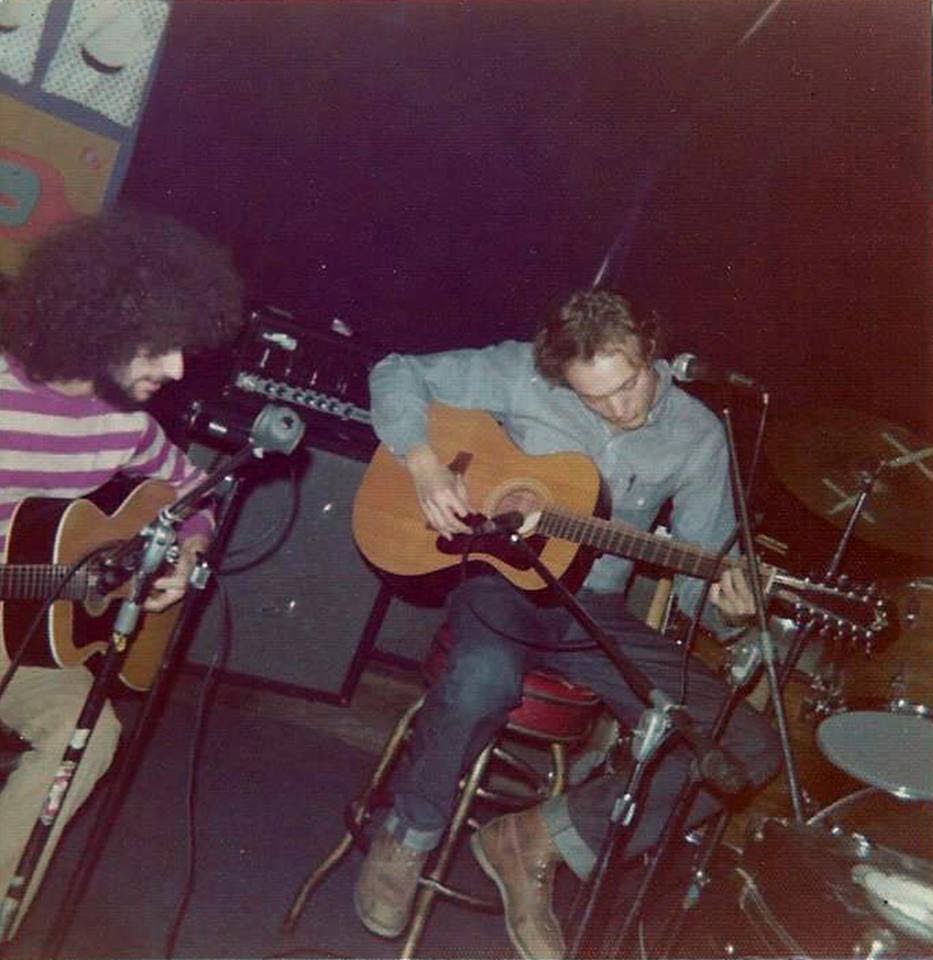
“I had a couple of very powerful spiritual realizations while on LSD”
It is impossible to talk about our music in those revolutionary years without talking about the psychedelic drugs that nearly all the musicians we knew were experimenting with. I had a couple of very powerful spiritual realizations while on LSD. It scared me in a way, but also opened my mind to the fact that we know so little about our own existence, our own consciousness.
I don’t now encourage the use of such drugs, because there is so much chance of misuse, not really knowing what you are actually taking, etc. But I value the experiences and have no need to repeat them. I think there are safer ways to achieve these realizations.
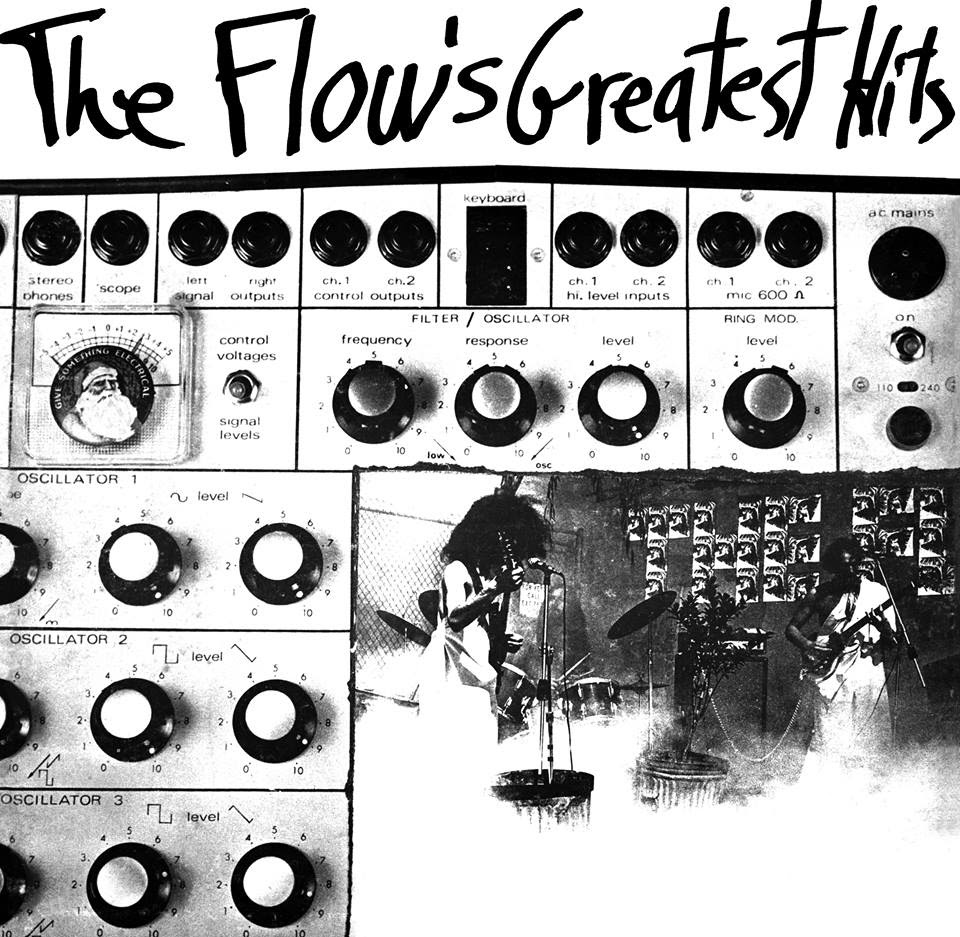
What’s the story behind your album? Where did you record it? What kind of equipment did you use and who was the producer? How many hours did you spend in the studio?
The Flow recorded an album of original compositions by Monte and me, using a Teac 4-track tape machine, a very important development in technology that made it easy for musicians to overdub and mix music without needing a full-fledged recording studio. We wanted it to sound unique and experimented with background sounds as well as trying some recording tricks, like turning the tape reels around for backwards sounds. The recording of the tracks themselves were done in the big loft the band members all shared.
At that time we had met a guitar teacher named Paul Avakian, who really liked our music. He let us hang out in his upscale Manhattan apartment, smoke some good pot, and experiment with sounds on his synth to embellish our heavy rock recordings. This is where much of the production and overdubs for the Flow album were done. We also had evenings at our loft when we would just jam on a theme or melody and let the music take us where it would. Some amazing musical happenings occurred during those jams, things that you could never plan or write. The band had a telepathic-like communication when we played. This was true of our live performances as well.
We decided to have a true recording engineer mix the 4 tracks at a professional studio but, although we had enough recorded material for a full album, we did not have enough money to pay to mix it all. So we decided to produce a one-sided record! One side was literally blank! We hired Frank Kulaga, an engineer at National Recording Studios, to do some magic with it. This unusual album, titled ‘The Flow’s Greatest Hits,’ became a collectors’ item decades later when a German record collector, Thomas Hartlage, discovered a copy in Europe and offered me a contract to reissue it – music, cover, and all. We had only produced about 100 copies of the original, and many of them got left in NY or even thrown away when I moved to Tucson in 1974. They are quite in demand now. We did finally do a two-sided version, with Paul’s help, but by that time the band was on its last legs as we all were moving into other interests and I was concentrating on my compositions.
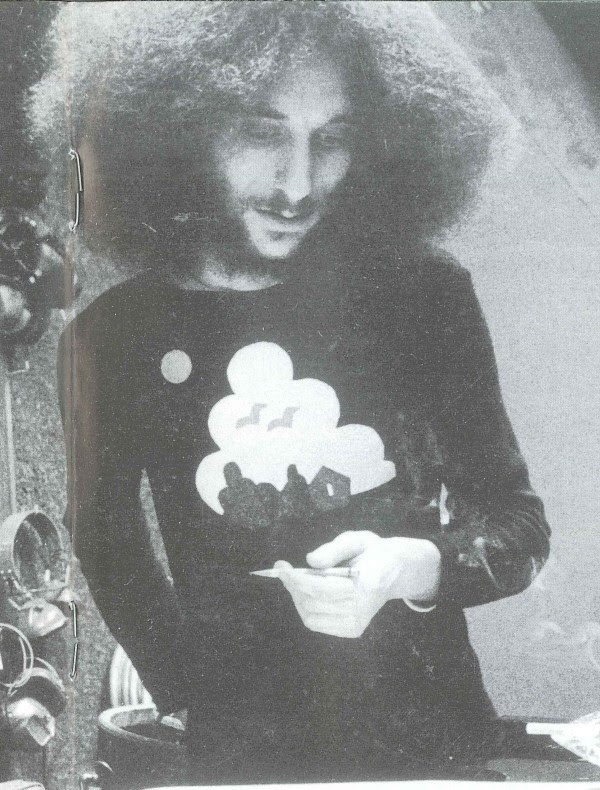
What sort of venues did The Flow play?
The Flow played about a half dozen gigs, but the most memorable were the free ones. We played before thousands of people in Central Park at the bandshell, splitting the bill with another instrumental progressive band, Wolfbane. We were also the band that entertained in the auditorium at Baruch College during the student takeover in the days of the Vietnam War protests. We played all through the night and I remember crashing on the lid of a grand piano! The Flow once played at a rally for democratic presidential candidate George McGovern and I played a Hendrix-type ‘Star Spangled Banner’ for that one! Paul, who was now our manager, told us we needed a visual component to our live concerts. Not having money to throw around, we took bed sheets and wore them like togas at our shows. At one concert we also put the microphone stands in big metal garbage cans and plastered the wall behind us with flyers for our show. This photograph is on the album cover.
Monte had given me a wonderful left-handed Guild 12 string in 1968 (I still have it though it is quite worn and I don’t use it to perform). I started composing a lot of instrumental pieces for it as it sounded so huge- I called it my 12-strig piano. I became hooked on the 12-string guitar and it is the only type of acoustic guitar I have ever really owned. This was the true beginning of my composing in a symphonic style.
You relocated to Arizona and started to work on a conceptual album: ‘On a Day of Crystaline Thought’. It’s a completely different project. Orchestral psychedelic rock. Very unique.
Around 1972 I moved from the loft to live with my first wife, Emma, who at some point inherited enough money for us to get out of NYC and see the country. But before we did, an amazing thing happened. During the early days of FM radio, I accidentally hit upon a classical music station in NY and heard the final movement of the 8th symphony by Anton Bruckner. I couldn’t believe what I was hearing. All the power, emotion, and depth that music could have was there – more than I had ever felt. Although already interested in the classics, my love of symphonic music skyrocketed from that moment. I was determined to become a part of something like that. But I played guitar, an instrument that was not part of the symphony orchestra. I decided if I was ever going to play in a group like that I would have to write the music.
I began to use all my free time to take the subway to Lincoln Center, borrow orchestral scores from their library, and buy the corresponding record so I could listen, observe, and teach myself to write for orchestra. Emma financed a recording session where I hired some classical musicians, a chamber orchestra from Harlem, in order to record my 12-string pieces. On this album were also some rock tunes that had the contributions of Monte, a great drummer named Mike Kimmel, and a few others. It was recorded at Sound Exchange Studios, owned by Richard Factor, who later created Eventide, a producer of world-class audio effects. We got to use early digital delays, etc. The album was named ‘On a Day of Crystalline Thought’. The title came from a long suite for 12-string and chamber orchestra that makes up most of one side of the album. I was still fairly green as an orchestral composer but the small string section, flute, French horns, and timpani made this a very progressive and full-sounding album. Emma also added some vocal harmonies. Emma and I cut out and glued the cover photos and back liner notes. It was really a unique album, with super low project packaging. This album also became a collector’s item, again reissued (even the glued covers) by Thomas and Shadoks Records decades later.
In 1974 I left New York. I had never seen the rest of the country. The only time I had been out of the cement jungle I grew up in was for brief visits to relatives in neighboring states. Emma purchased a car and we made plans to drive to the West Coast, stopping along the way to visit her family in Tulsa. We had both gotten into Macrobiotics and vegetarianism and we planned to open a restaurant somewhere. Although this was an exciting opportunity for a New Yorker, and a person barely able to earn enough money to survive, I also knew I would deeply miss my musical and spiritual friends whom I had shared so much in those formative years. Monte and I still stay in touch from time to time. He has become a very well-known and respected author of spiritual books, along with his wife, Amy Zerner.
What happened next?
Through a series of events Emma and I ended up opening a restaurant in Tucson. It didn’t survive very long. We had naively thought Tucson would be ready for a progressive business we had conceived in New York.
After settling into Tucson and the vastly different, less crowded and less hectic environment, I met a few musicians, including keyboardist Jeff Daniels, who played progressive jazz at a club weekly. On some of these gigs was a fantastic vocalist named Diane Shurr, who later became quite well-known, as well as Brian Bromberg on bass. I enjoyed getting to play out and learned quite a bit about a different style of music than I was familiar with. I also started meeting musicians and playing in different bands. One musician I really hit it off with was Mark Wolfe. He had formed a band to play his rock compositions. It was the mid-1970’s. The band was called Clear Light Transport. It was a kind-of Jefferson Airplane type of sound but featured flute and keyboards as well. It also contained 3 women and 3 men, an unusual lineup for bands back then. Mark’s songs were very creative, covered several styles, and had wonderful and deep lyrics. I was given great artistic freedom to create guitar parts for them. The band played out a lot, eventually renaming itself ‘Northstar’. We volunteered to be the band for some recording classes given at a top studio in Tucson, in exchange for recording time to record our own stuff. Many of these recordings became part of a ‘Northstar’ album I later created at Thomas’ request for more of my guitar playing.
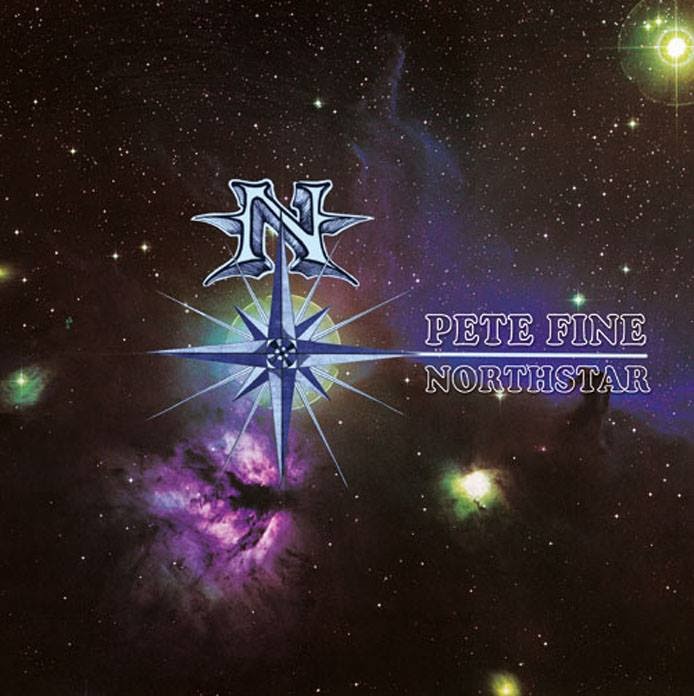
During this period through the early 80’s I had gotten deeper into symphonic composing. I composed a 30 minute piece for electric guitar and full orchestra, entitled ‘Light of Day,’ and got a local conductor, Mark Narins, to schedule it with his ensemble, Orchestai. The August 1982 Guitar Player magazine featured a spotlight and review of this piece. It was the first of several orchestral pieces I wrote for electric guitar, which had never been treated in a true “concerto” form before. In fact, it still rarely is, as there have been “concertos” released by famous guitarists who conceived of a guitar piece and hired 3rd party orchestrators. I was doing it the old fashioned, traditional way. Compose, orchestrate, and then even perform it. That is a true concerto!
In the early 1990’s I was contacted by Thomas Hartlage, whom I mentioned earlier. He and I, along with the other two members of Flow, worked out an arrangement for reissuing the Flow album. I also arranged for a reissue of ‘Crystalline Thought’. That is the last time I gave a full interview about those two albums and the days of the Flow. Some years later, the ‘Northstar’ album was compiled using tapes I had from the many different recording sessions we had done. I have only conversed with Thomas once since then. I cherish his love of my music and guitar playing.
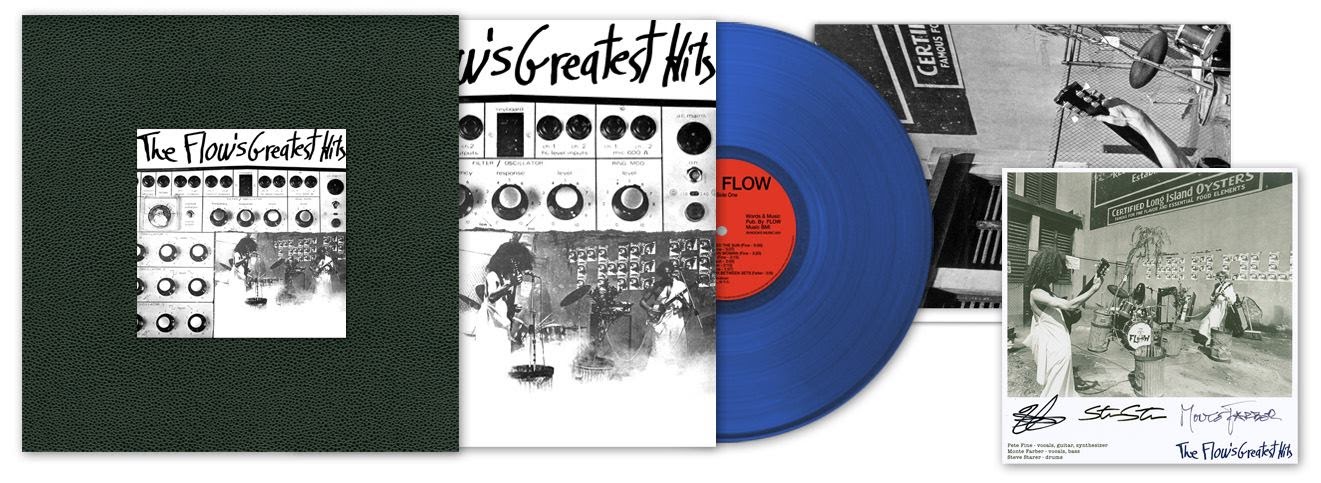
In 1996 I created Beyond Words, a 4-piece progressive rock fusion ensemble, to do my original instrumental compositions. This was very challenging music and enabled me to really stretch out and develop my abilities on guitar. That is also when I started playing with a great drummer, Brian Gunning, who was a friend of my son, Tree, and has played with me much since then.
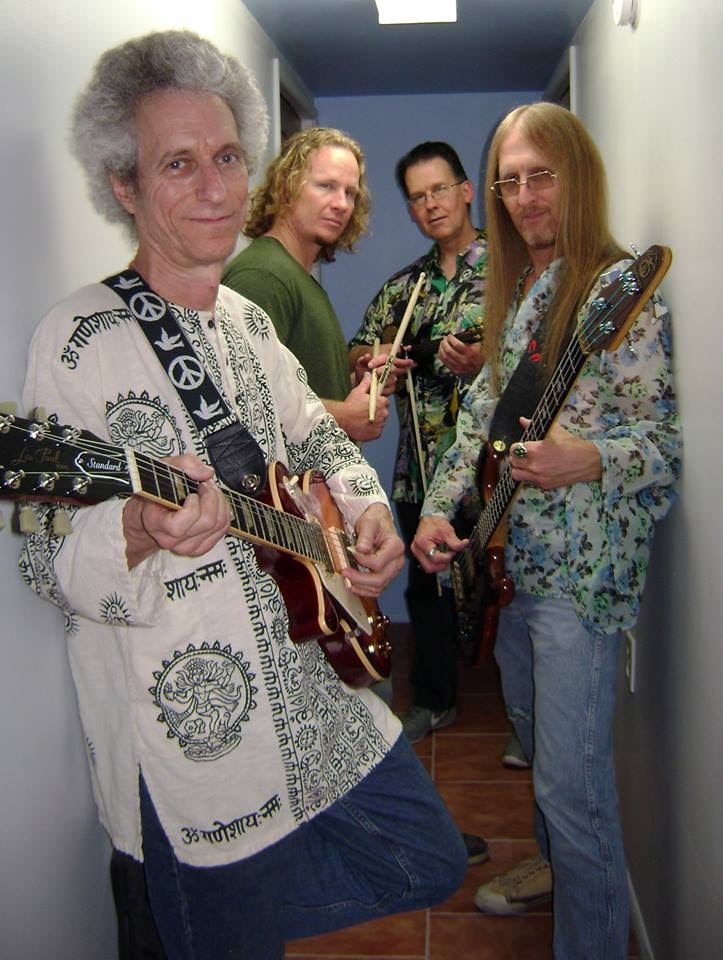
After Beyond Words, I started devoting most of my musical time to studying, and eventually performing, the music of North India on sitar. The complexity of rhythm and melodic development in Indian music had fascinated me for decades and I finally really learned it. I was fortunate to study with a couple of great masters along the way, though only briefly, due to travel and money considerations.
During my serious involvement in Indian music, I lost interest in playing in bands. Then, in 2006, an old friend, bass player Rick Moquin, asked me if I would be interested in forming a Led Zeppelin tribute band with a vocalist he knew. The idea excited me. I always loved Zep, and knew it would be a great challenge to learn all of the guitar parts. That band, named Whole Lotta Zep, went through some personnel changes and eventually settled in with bassist Stefin Gordon, Brian Gunning on drums, and a fantastic vocalist, Ray Buckwich. We performed over 100 shows in and around Tucson- a rare feat for a local band. We had great crowds and some very nice paydays. Plus we had an amazing bunch of fans. ‘All Things Must Pass,’ as George Harrison aptly said, and after 10 years people moved, retired, etc. I will always cherish my years in Whole Lotta Zep.
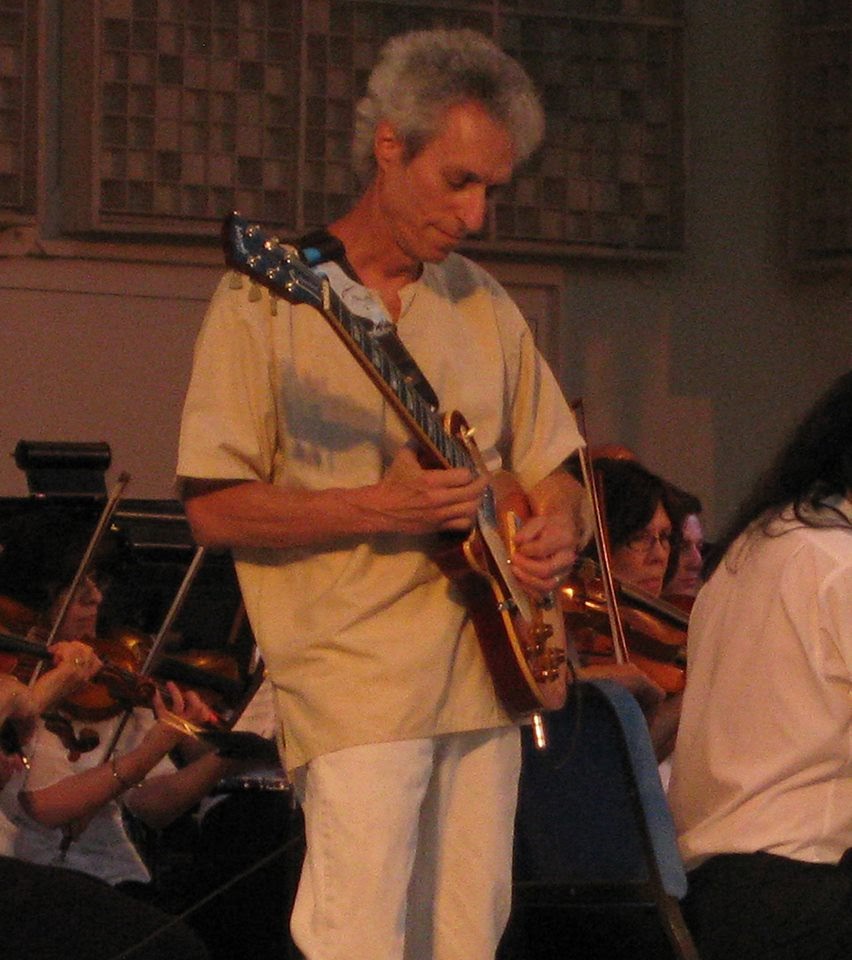
One thing that did not change was my love of symphonic music. I have composed and performed (and recorded) two full concertos for electric guitar, both here and in Brazil, a large suite for 12-string and orchestra (an expansion of the orchestral stuff from ‘Crystalline Thought’), and two string quartets. I have been blessed to have had performances by Linus Lerner and the Southern Arizona Symphony, Enrique Lasansky and the Catalina Chamber Orchestra, as well as Lazslo Veres and the Tucson Pops Orchestra. In addition, I have five full symphonies composed and recorded using sound libraries. Whether I’ll ever hear them is something I can only hope for.
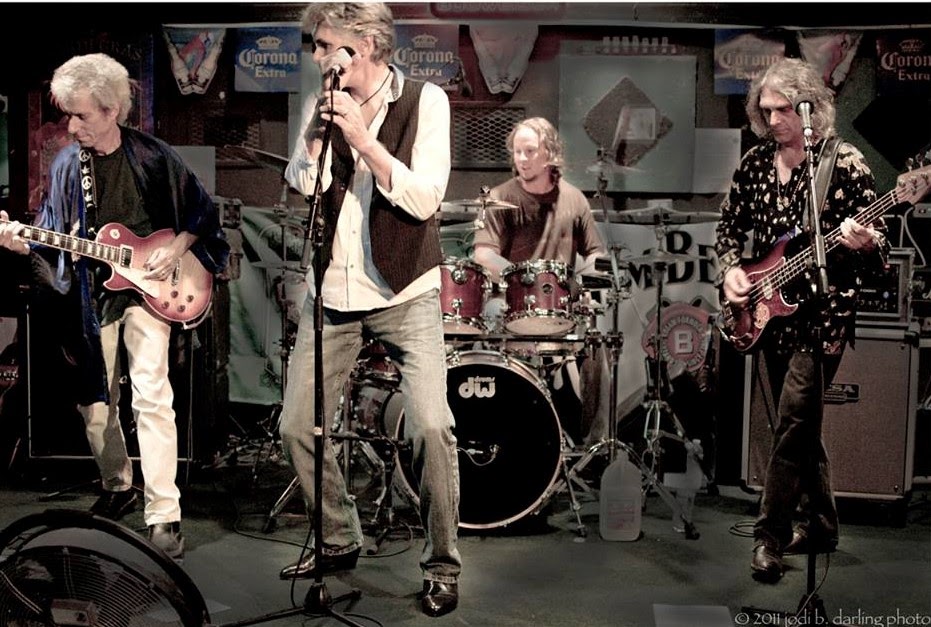
When asked about my favorite albums, players or music in general, I can honestly say that there are many. A milestone in my guitar playing happened twice that I can remember. First when a friend sat me down with a set of headphones and put on ‘Manic Depression’ by Hendrix. There was no way to be prepared for that! Next, when I first heard the album ‘Inner Mounting Flame’ by Mahavishnu Orchestra. John McLaughlin is one of the most amazing guitar players ever and that band was incredible. There have of course been other bands that I love. In the progressive rock genre my favorite is Rush. They are amazing musicians and very symphonically influenced. Jeff Beck blows me away. He continues to set the bar for creativity on guitar.

For sheer improvisational prowess, melodic invention, and technical ability on any instrument, I place sitarist Nikhil Banerjee on the highest pedestal.
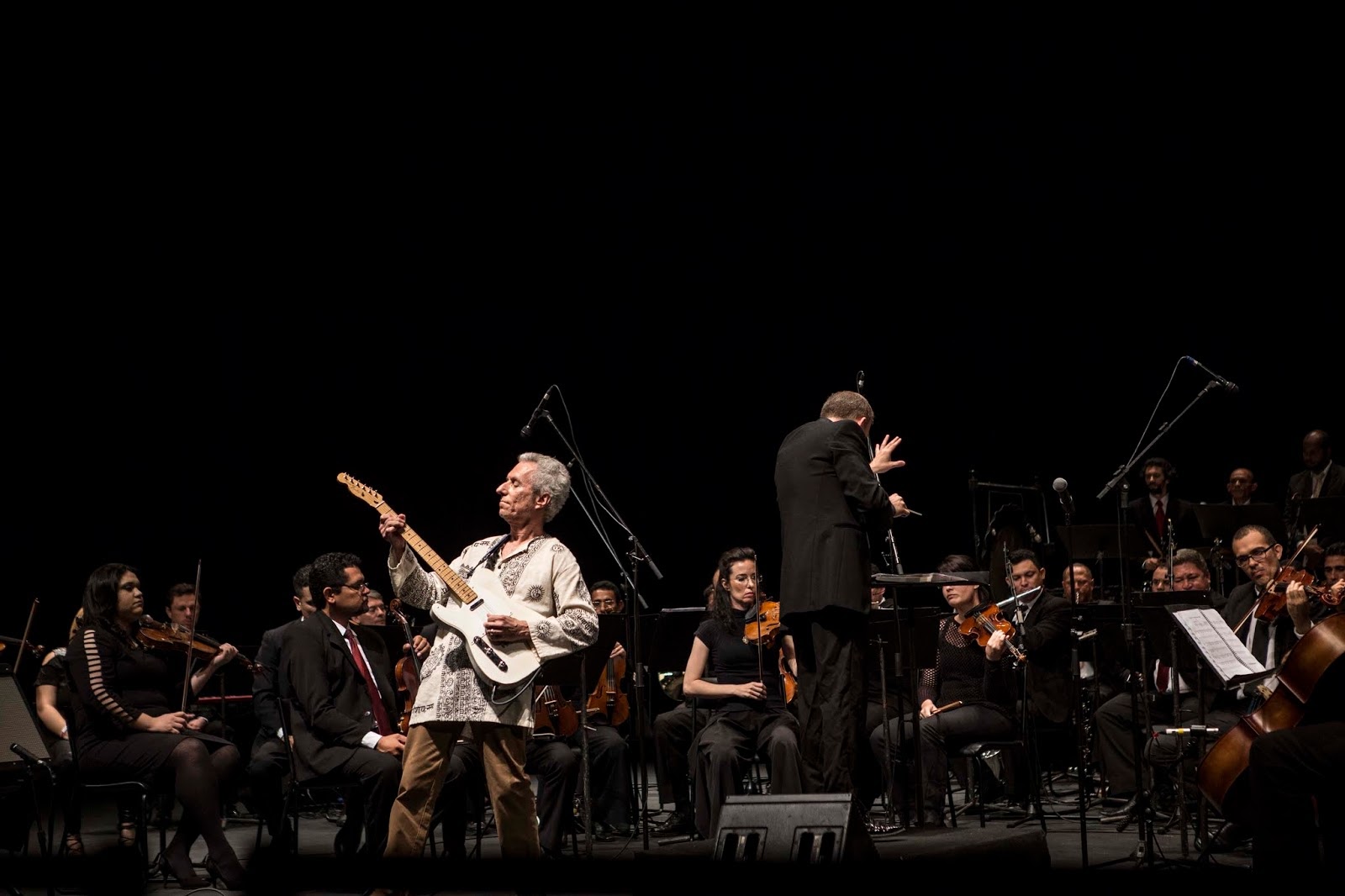
As a composer who loves symphonic music more than anything as, the Late Classical and Romantic composers, Beethoven, Tchaikovsky, Bruckner, Mahler, Wagner, as well as a few 20th Century composers like Prokofiev and Shostakovich, continue to be the music I listen to the most. There is more pure musical content, depth of emotion, color of sound in symphonic music than anything else I have experienced. The older I get, the more I realize that music is from the heart, soul, and mind. As an instrumentalist whose instrument just happens to be guitar, I of course appreciate virtuosity. But as a musician, the great composers and their ability to take pure music to far reaching musical realms, and to move me both to tears and joy, is the ultimate musical experience for me.
I met my wife and soulmate, Donna, in 2007. My life has been blessed to have her in it. She gets to hear my new music often … probably too often, as I perfect it at home! My son, Tree, is also a very talented guitar player and appreciates great music. We have some similar, and some different, tastes in music, but there is mutual respect and love. We have collaborated on some fusion pieces. Perhaps we will release an “album” of them soon. I continue to play a lot of guitar, both for creativity and occasional profit with local bands. I am hoping to revive Beyond Words with some fine musicians I have met. Of course I continue to compose for the orchestra, whether or not I’ll ever get these new pieces performed. My 5 symphonies, composed from 2012 to 2018, are precious to me and I believe they are universal, moving works, with a life of their own, regardless of who composed them. I hope they will outlive my time on Earth.
Looking back at age 68, I would have liked, of course, to be a world renowned musician, or to have been able to support myself through music, but life had other things, other paths for me. But as far as I am concerned, in a very real sense, I have “made it” as a musician. Symphonic works flow through me without effort, guitar improvisations and ideas come easily to me, and I have been part of some great musical performances as well as getting to hear my works by bands and orchestras. In these respects, I have achieved much and experienced much, regardless of any fame or fortune, and I am deeply thankful to God for it.
Klemen Breznikar
Pete Fine Official Website

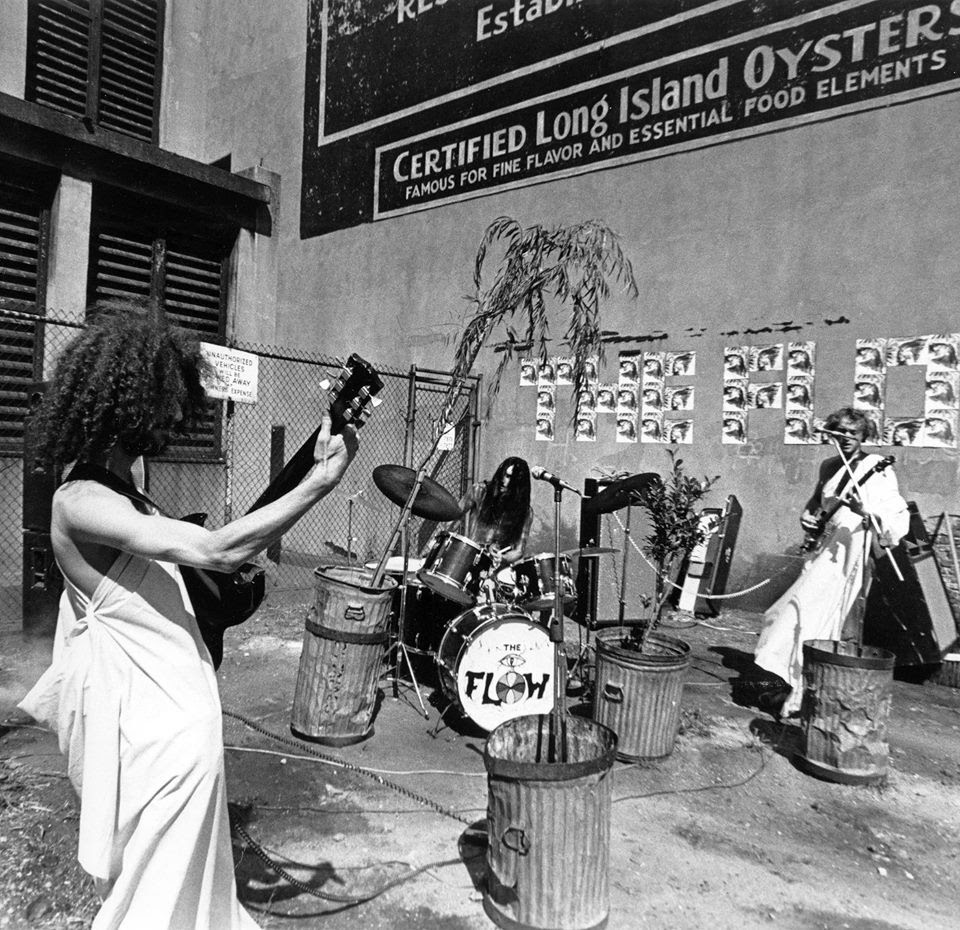
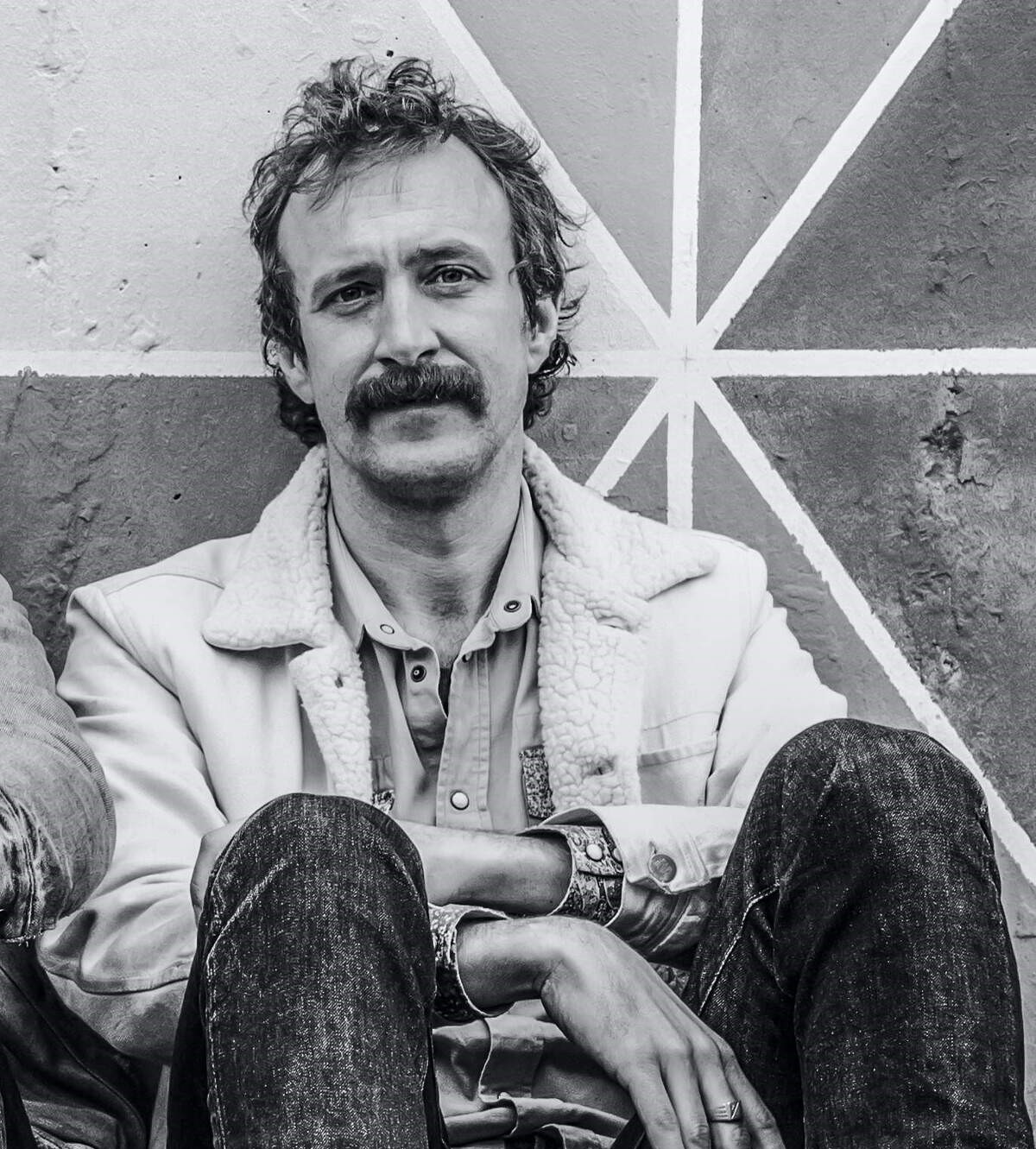
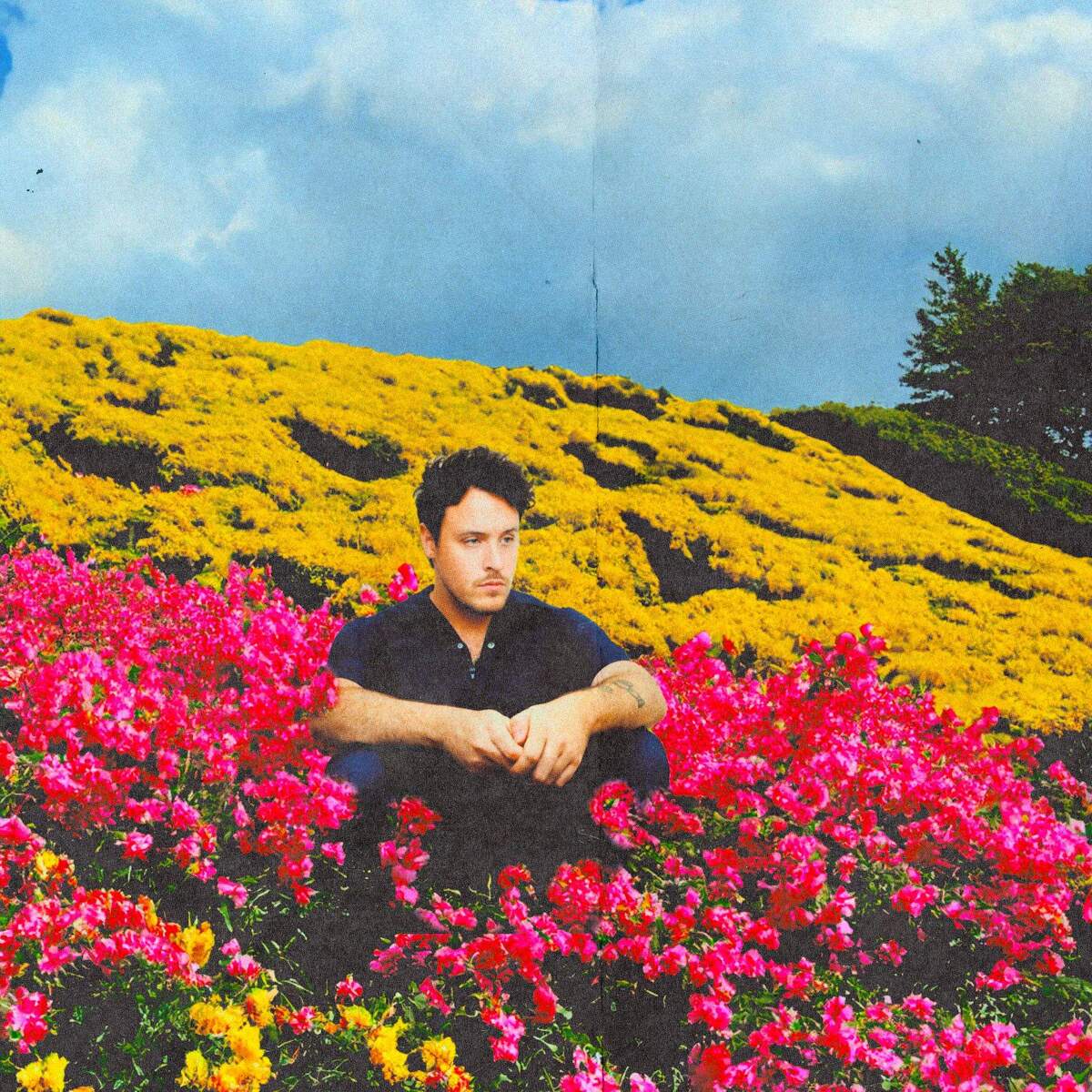
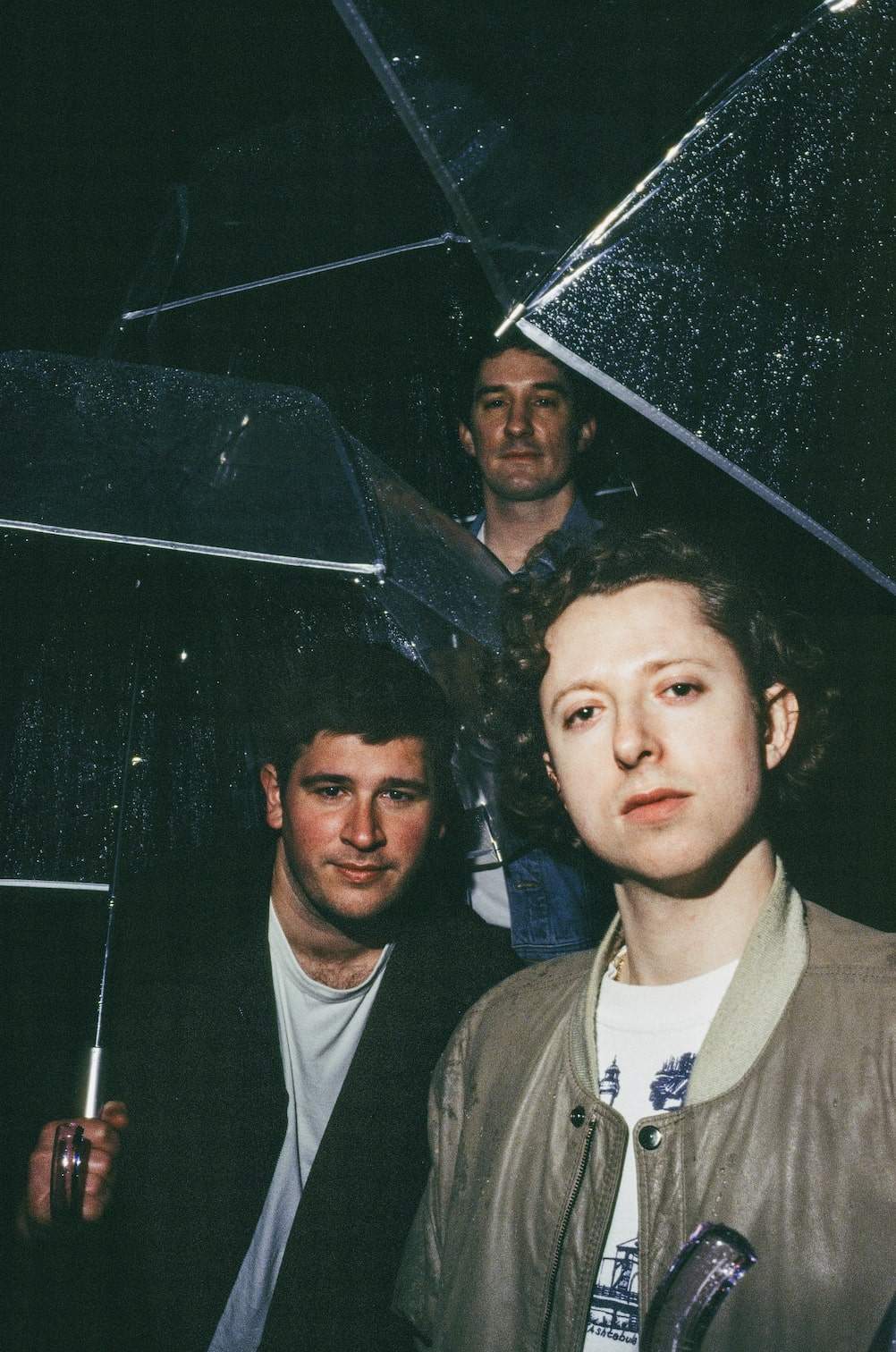
Nice interview. Fine is articulate and has lived the musical life. Good to know another group from the golden age.
Wow, finally I could read something about this amazing band and its members!
I really love this album, a true hidden gem!
The guitar work on that album it’s really amazing, not so much recordings at that time had such good guitar players like Peter was on it.
It’s great to know more about him and his other proyects. I’m listening now his symphonic works and are really amazing.
Who sings lead on the Northstar version of It Swallowed the Sun?? She’s AMAZING!